
Industry Information Analysis | International Pearl Appraisal Institutions and Standards
The quality of pearls in the international market is mainly assessed by the factors such as luster, cortex, shape, size, thickness of nacre layer, color, collocation and drilling. Various grading systems mainly grade the quality of pearls according to the above quality factors, but the specific standards are slightly different, with specific market applicability. The following are some internationally well-known grading systems.
American GIA grading system
Richard H. Cartier Grading System for Western European Countries
Grading system of seawater cultured pearls in Agoya, Japan
French Polynesia Tahiti Black Pearl Grading System
GIA is recognized as the most authoritative diamond identification institution in the world, and has been in the leading position in the identification and classification of natural and cultured pearls since 1949.

GIA has promoted the revision of the FTC pearl guide for the jewelry industry, and is responsible for developing comprehensive pearl related standards with major pearl companies around the world. These standards are GIA's 7 Pearl Value Factories ™ (7 major pearl value factors): size, shape, color, pearl quality, luster, surface quality and matching.
— Identification criteria —
GIA grading system
gloss
GIA believes that among the seven factors that determine the value of pearls, luster is the most important. The so-called "jewel", luster is the soul of pearls. There are various kinds of pearls, and their glossiness is also different. Gloss gives pearls their unique beauty. The luster of pearls is caused by the reflection of light on the surface of nacre layer formed by a lot of calcium carbonate. A good pearl has rich luster levels, and can also see the spherical surface with a metallic texture, which can fully reflect the pupil of a person. The luster of seawater pearl is brighter than that of freshwater pearl.

Excellent (ex): bright and sharp reflection;
Excellent (vg): the reflection is bright and nearly sharp;
Good (G): the reflection is bright but not sharp;
Fair (F): the reflection is weak and fuzzy;
Poor (P): the reflection is dim and scattered.
shape
There are eight basic shapes of pearls: round, nearly round, button shaped, drop shaped, pear shaped, round, baroque and shoulder shaped. As the saying goes, "round pearls" means that the rounder the pearls, the more beautiful they are. The large and round pearls present the beauty like a full moon. With luster, it creates a hazy artistic conception. Perfect round pearls are the most precious, but there are exceptions. With the constant individuation of market aesthetics, well formed pear shaped, oval shaped or baroque cultured pearls are also regarded as treasures by pearl lovers. In addition, because seawater pearls are cultured with a nucleus, seawater pearls are often rounder than freshwater pearls.
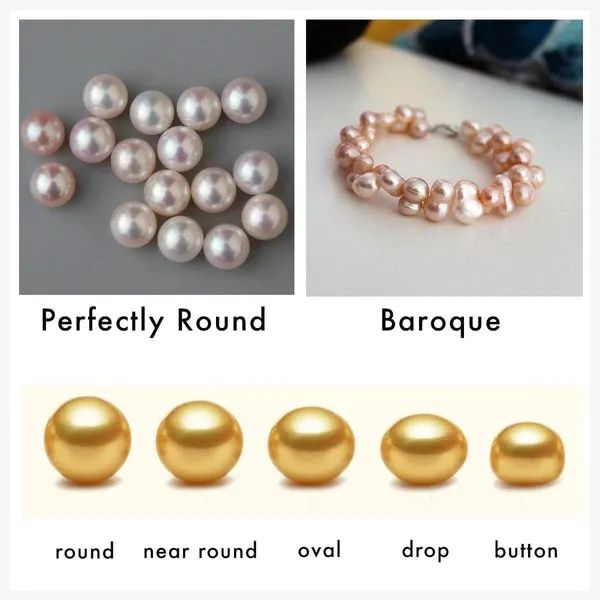
Surface quality
GIA will evaluate the number of defects on the pearl surface to judge its quality. If the surface features of a pearl are various or very bright, it will not only affect its beauty, but also affect its firmness, and seriously reduce its value. If the surface feature is not obvious, or extremely subtle and can be concealed by drilling or inlaying, then it has little impact on the appearance and value of the pearl. The fewer threads, spots, marks, pits and spots on the pearl surface, the higher the quality. Generally, it is acceptable to see no defects at a distance of 0.5m.
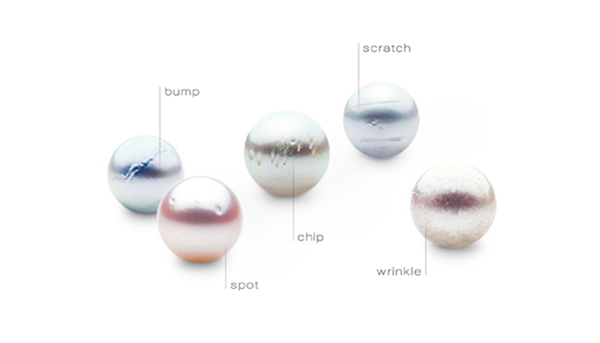
Clean (C): no flaws or subtle surface features that are difficult to see; Mild defect (ls): only slight surface irregularity can be seen; Medium defect (ms): there are noticeable surface features; Severe defect (hs): obvious surface irregularity that may affect the firmness.
Integument
Thickness of bead layer: the vertical distance from the outer layer of bead core to the surface of pearl. Gloss is closely related to the quality of nacre. In addition, if the pearl layer is very thin, the firmness of the pearl will also decline, and the pearl may peel after a long time. At present, the bead layer detection methods include X-ray photography, OCT optical coherence chromatography, bead layer thickness detection method and direct measurement method.
The thicker the pearl layer is, the better. It will not affect the pearl after wear.
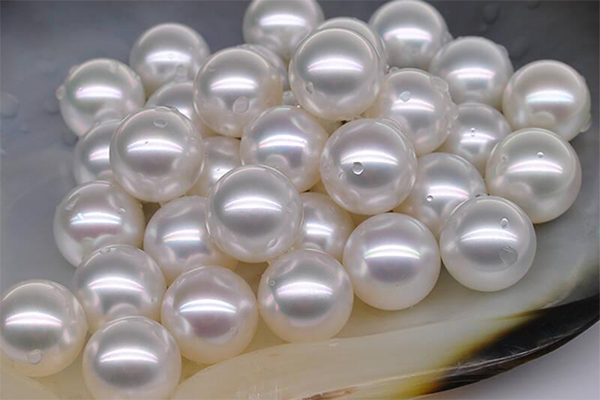
The thickness of nacreous layer can be divided into five grades: very thick, thick, medium, thin and very thin. Very thick means that the thickness of all bead layers is more than 0.5mm, which is recorded as 100 points; Thickness means that most of the beads are about 0.5mm thick, which is recorded as 95-90 points; Medium refers to the thickness of most bead layers in a string of beads 0.35-0.5mm, which is recorded as 85-80 points; The thickness of most of the pearl layers in a string of thin fingers is 0.25~0.35mm, which is recorded as 75~60 points; Very thin refers to the thickness of the bead layer of most of the beads in a string of beads is less than 0.25mm, and the bead nucleus is generally visible under strong light, which is set as 35~25 minutes.
size
At present, the diameter of common pearls on the market ranges from 2mm to 16mm. Generally speaking, the larger the pearls are, the fewer the quantity is, and the price is often doubled. Different varieties vary in size. At present, according to the average value, Nanyang pearl is the largest, and its largest pearl price is also the highest.
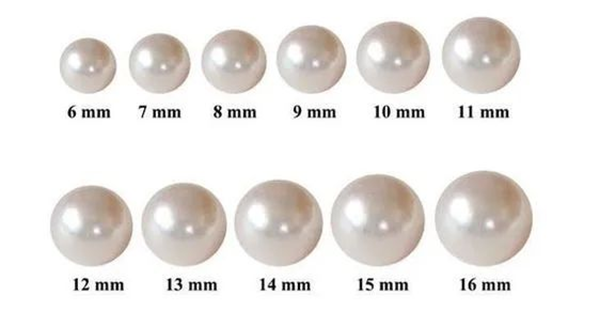
colour
GIA believes that pearl color mainly includes body color, floodlight and pearlescence;
Body color is the main color of the pearl;
Omni is a layer of translucent color covering the body color;
Pearlescent is a mixture of glittering colors under the surface of pearl.
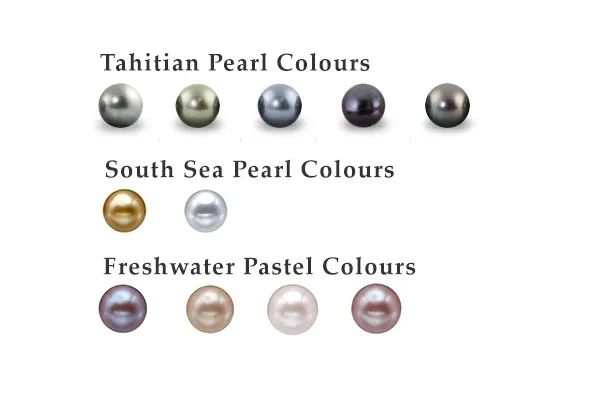
The color of pearls is divided into white and red Yellow, black and other 5 series, each series includes a variety of body colors. The body color of pearls varies from species to species. White is the most classic color, but more unusual natural colors, such as black and gold, are increasingly popular because of their rarity. People's pursuit of pearls of a certain color will also affect the value of pearls. Therefore, the price of peacock green Tahiti black pearls, pure white pearls with pink colorful background and pure gold without mottled color will be more expensive.
matching
This item set by GIA is special for jewelry containing two or more pearls. For jewelry composed of pearl strings and multiple pearls, the matching (or mixing) degree of pearls affects the value. Jewelry designers sometimes deliberately mix colors, shapes, and sizes to create a unique effect, but for most pearl strings, earrings, or other jewelry made from multiple pearls, pearls should meet the requirements of all quality elements.
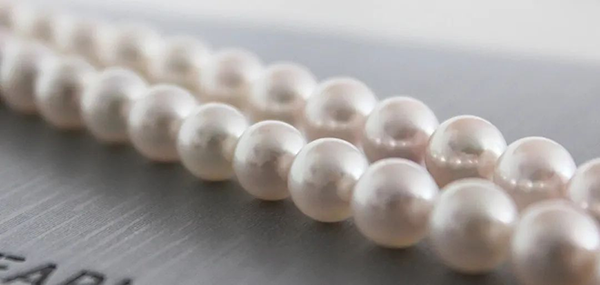
Richard H. Cartier Grading System for Western European Countries
Richard H. Cartier graded round series pearls from six aspects: shape, color, luster, flaw, matching degree and nacre thickness, and then calculated the total quality level according to the weight of each factor, using a 10 point system.
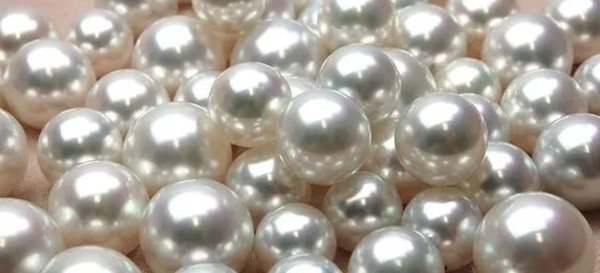
shape
Round, 10 points; Round in most, 9, 8, 7; Slightly around, 6, 5, 4 points; Off round, 3, 2 points; Irregular, 1 point.
Color/Tracing
(North American market situation) White/rose, pink/rose, 10, 9 points; White without color, light cream/rose, 8, 7 points; White/green, 7, 6 points; Cream/rose, 6, 5 points; Milky white without color, dark milky white/rose, milky white/green, dark milky white without color, dark milky white/green, 4,3 points; 2 points for yellow without color.
gloss
Very strong, 10, 9 points; Strong, 8, 7 points; Medium, 6, 5 points; Low, 4, 3 points; No light, 2, 1 points.
flaw
Spotless, 10 points; V. lightly spotted, 9, 8 points; Light spotted, 7, 6, 5 points; Spotted, 4, 3 points; Heavily spotted, 2 points; Serious defects (V.heavily spotted), 1 point.
Matching
Perfect, 10, 9 points; Very good, 8, 7 points; Good, 6, 5 points; Average, 4, 3 points; Poor, 2, 1 points.
Nacre thickness
Very thick (> 0.90mm), 10 + points; Thickness (0.60 ~ 0.90mm), 10 points; Moderate (0.45-0.60mm) 9, 8, 7 points; Above the standard (0.30 ~ 0.45mm), 6, 5, 4 points; Standard (0.15 mm), 3, 2 points; Below the standard (< 0.15 mm), 1 point. After determining the grade score of each single factor, calculate the total grade score according to the weight. If there is halo, increase the total score by 20%~50%. Thus, the total quality grade score=(0.15 shape score+0.10 color/color tracking score+0.25 gloss score+0.20 flaw score+0.05 matching score+0.25 bead thickness score) × Halo coefficient. The overall level is divided into four levels: commercial level (1-4 points), good (4-6 points), very good (6-8 points) and excellent (8-10 points).
AKOYA Agoya, Japan
Classification system of marine cultured pearls
In Japan, marine cultured pearls are graded according to shape, color, luster, flaw and matching, and then divided into two categories: round and irregular according to shape.

The total score of round pearls is calculated by adding the scores of various factors. The total quality is divided into 10 levels: quality 1 (1-10 points), quality 2 (11-20 points), quality 3 (21-30 points), quality 4 (31-40 points), quality 5 (41-50 points), quality 6 (51-60 points), quality 7 (61-70 points), quality 8 (71-80 points), quality 9 (81-90 points), and quality 10 (91-100 points).

The total score of special-shaped pearls is calculated by adding the scores of each factor level. Due to the complexity of the influencing factors of special-shaped pearls, it is necessary to make appropriate adjustments on the basis of the total score according to the actual situation when grading. The total quality is divided into three levels: quality 1 (1-10 points), quality 2 (11-20 points), and quality 3 (2-30 points).
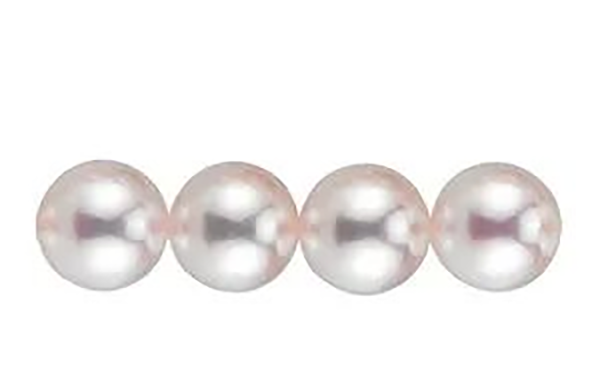
If the pearl can see the luster of the pearl core, 0 point will be given, and the pearl will be directly classified as quality level 1; If the pearl gets 0 point in other factor grades, the total quality grade score will be reduced by 20%.
French Polynesia
Tahiti black pearl grading system
In addition to considering the grading standard of general pearls, the color matching of pearls is a very important factor in the grading of black pearls. Under the condition that the size, roundness and color matching are basically the same, Tahiti black cultured pearls are divided into four grades: A, B, C and D according to the cortex and luster.
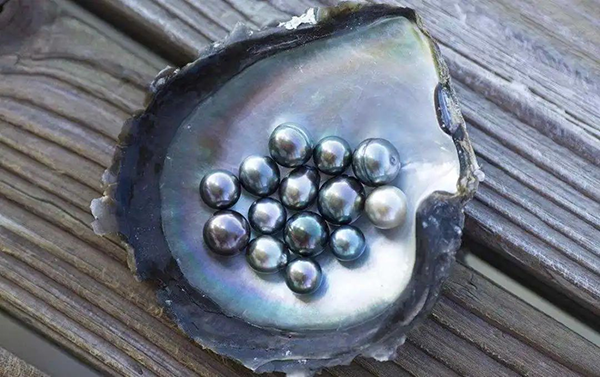
Grade A refers to the black pearl with good luster, whose surface is free of defects or individual defects visible to the naked eye account for less than 10% of the whole skin. Grade B refers to a black pearl with defects visible to the naked eye accounting for less than 1/3 of the whole pearl area and having good luster. Grade C refers to black pearls with defects between 1/3 and 2/3 of the whole pearl area and good luster. Grade D refers to a black pearl whose surface is at least 80% nacreous, no matter how shiny it is, with many obvious flaws on its surface.

It is generally believed that the black pearl with malachite green color is the most precious, while the black pearl with pink, metallic copper purple, gold and blue will also have better value.



